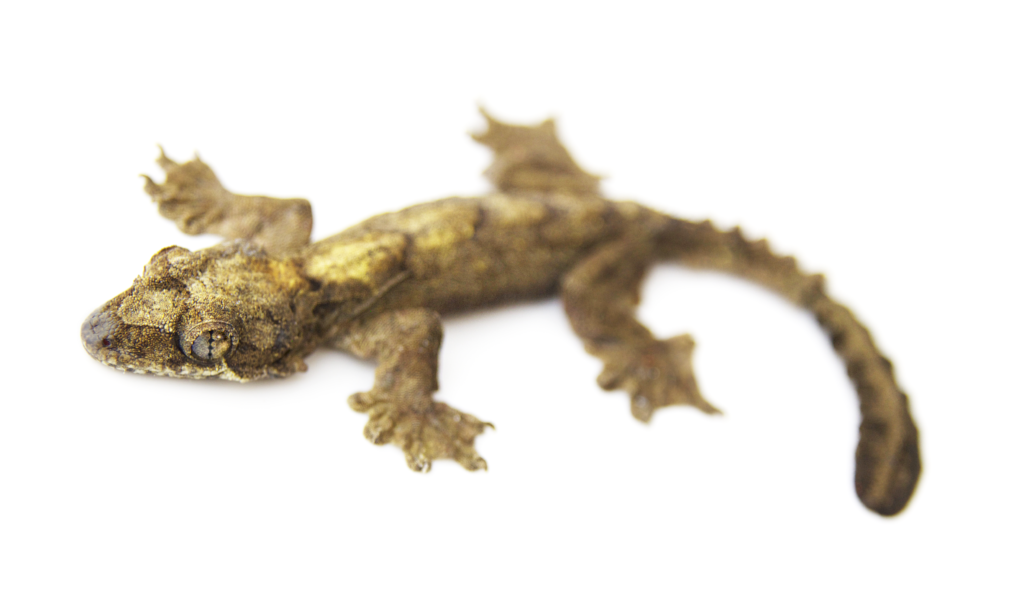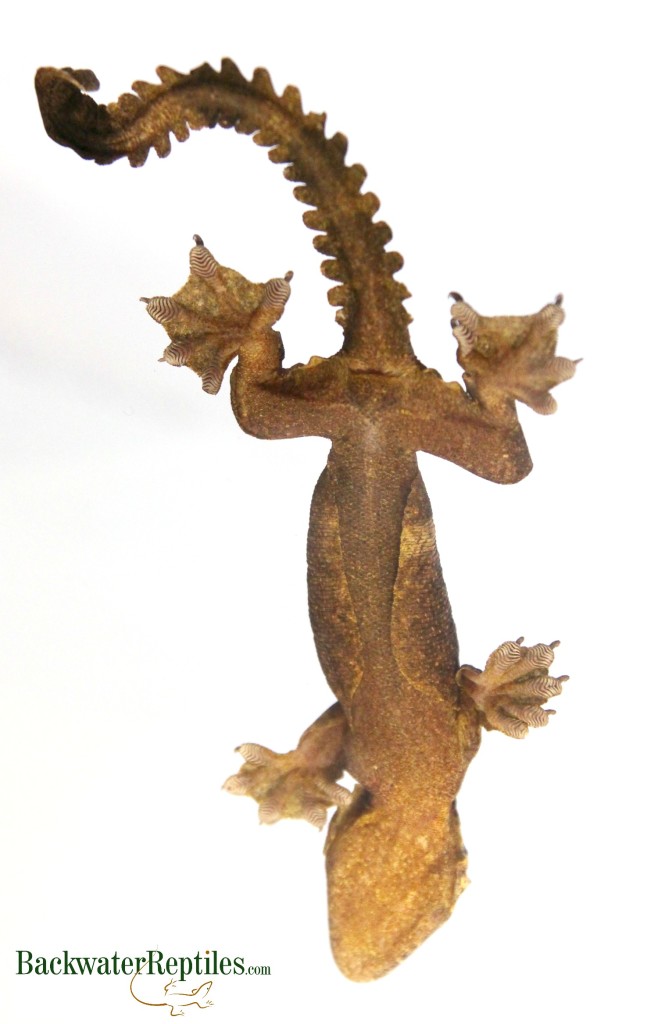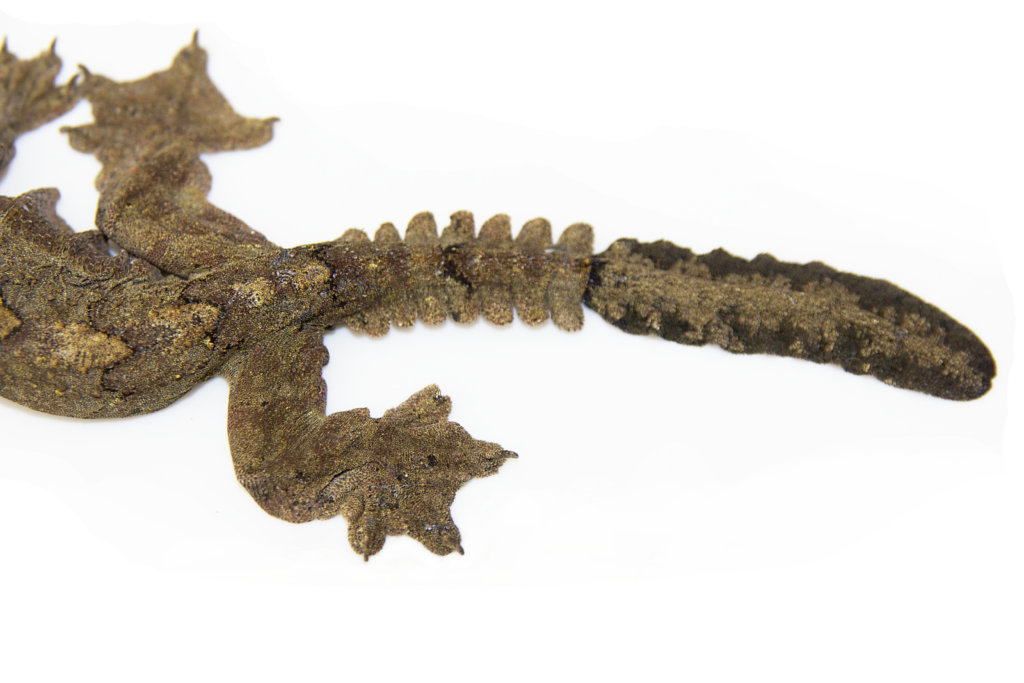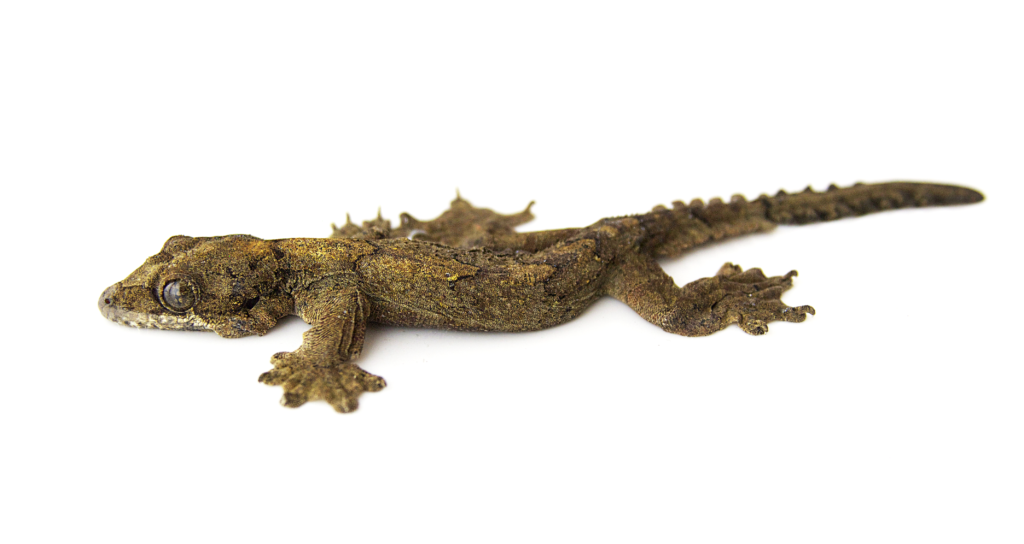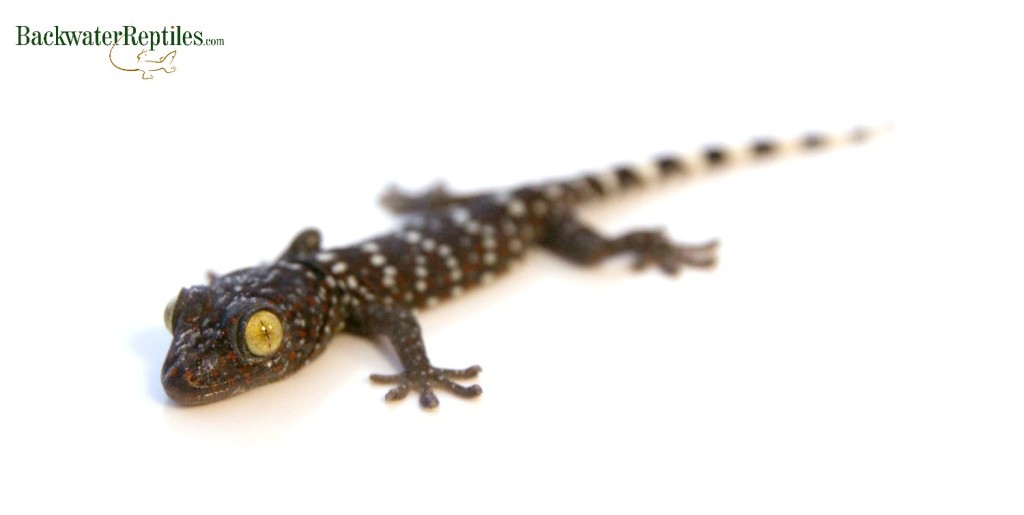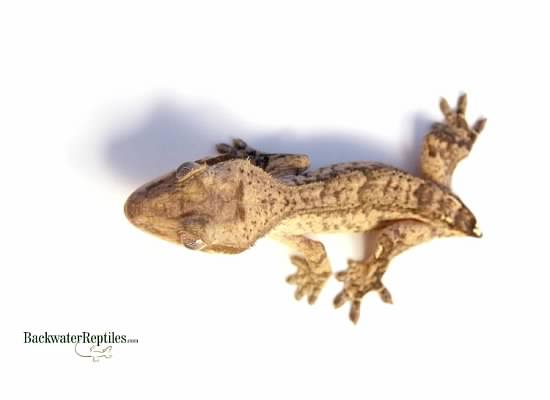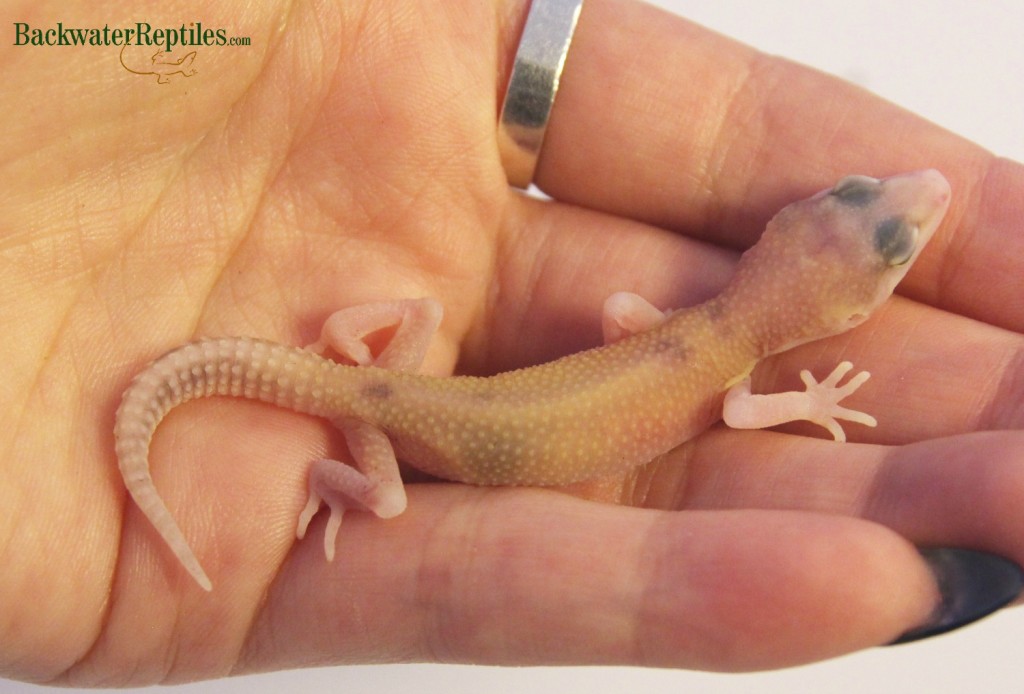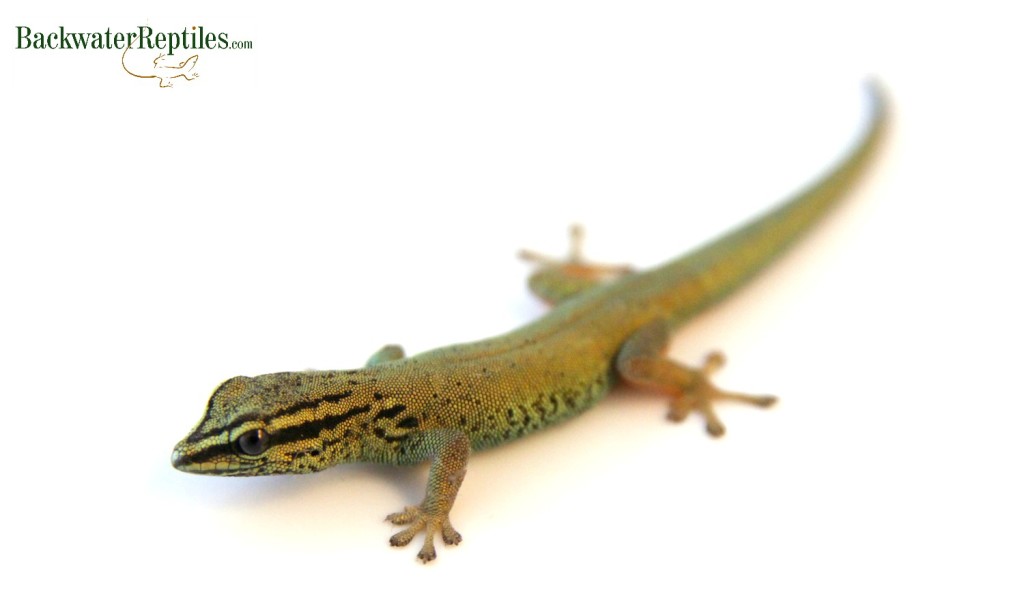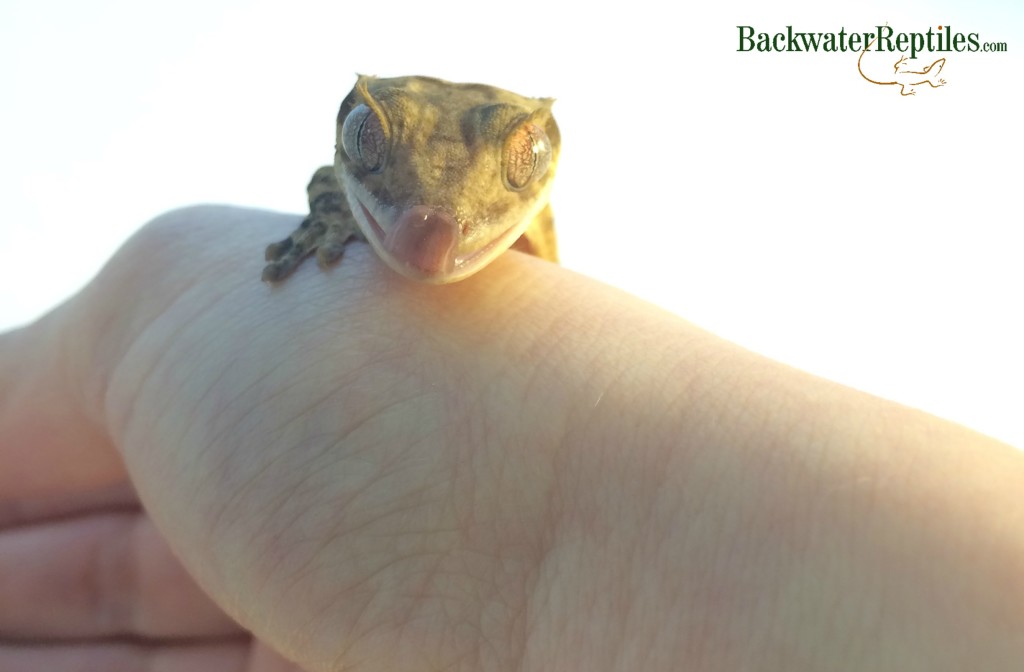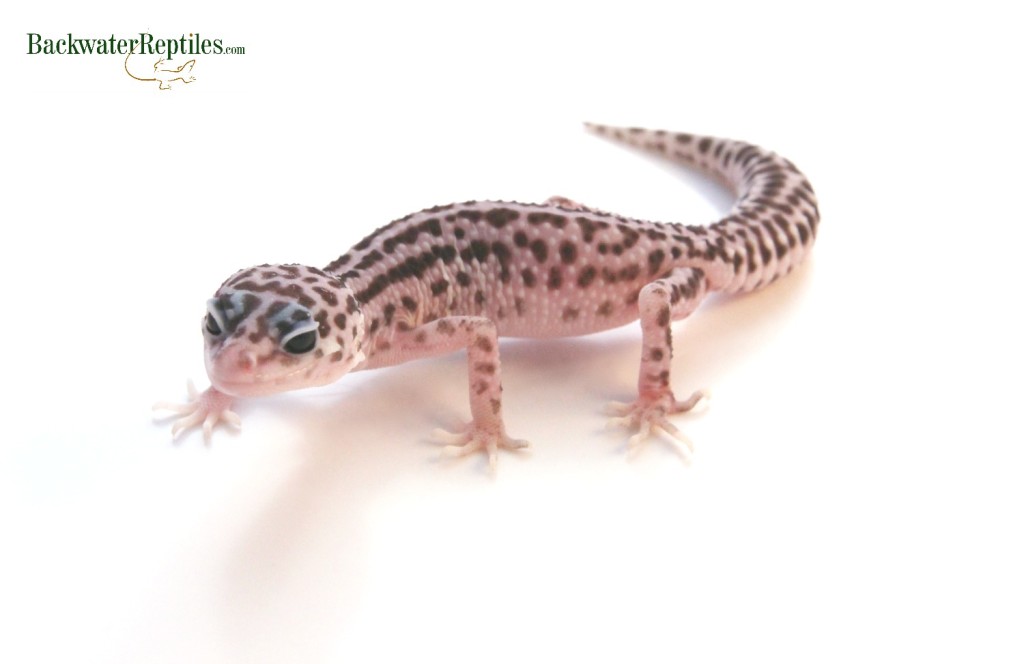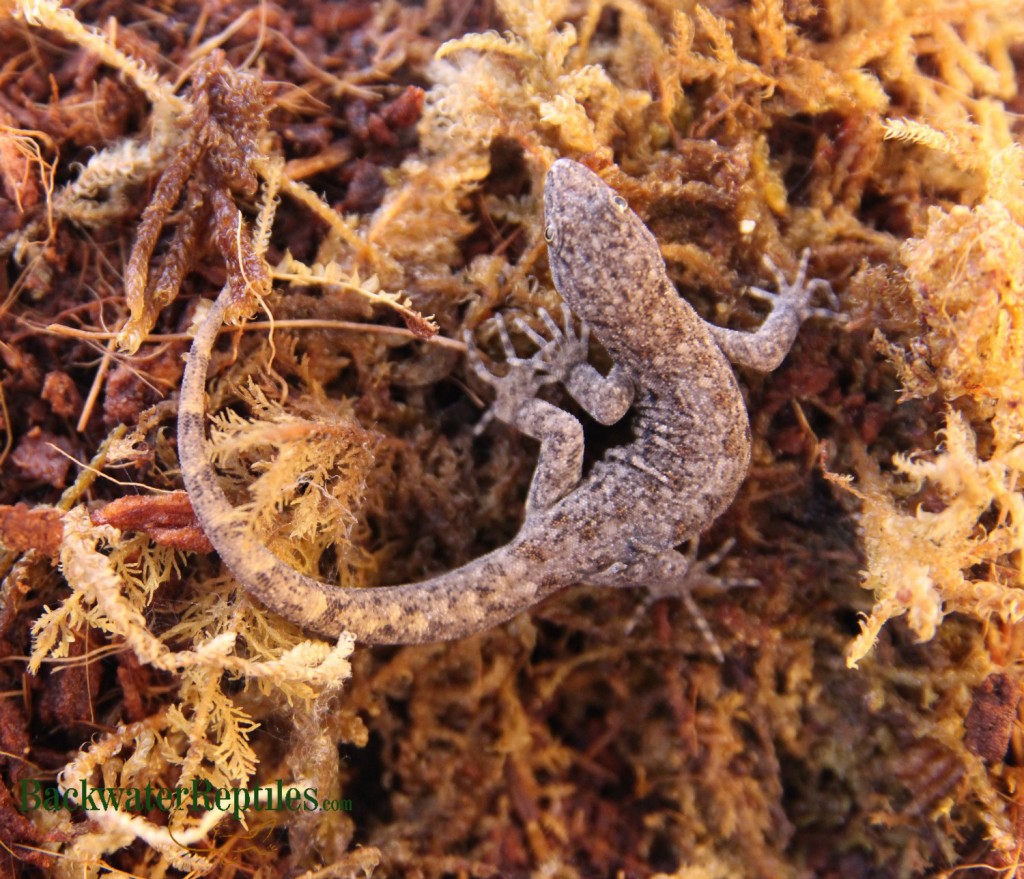We know we’re guilty of swooning and exclaiming over animals because their tiny-ness somehow seems to make them cuter in our eyes. If you’re anything like us, you’ll want to read on and check out our list of the smallest pet geckos sold at Backwater Reptiles. You won’t regret it!
The Smallest Pet Geckos
Dwarf Yellow Head Gecko (Lygodactylus albogularis)
Like all the geckos on this list, the yellow head dwarf gecko is a species of dwarf gecko. It’s very aptly named as it is known for its brightly-colored yellow head as well as its small stature.
These geckos are from East Africa and are very common in Tanzania. They thrive in man-made environments in captivity, but are commonly found nearly everywhere in their native country – on fence posts, basking on stone walls, in crevices outdoors, and on sign posts.
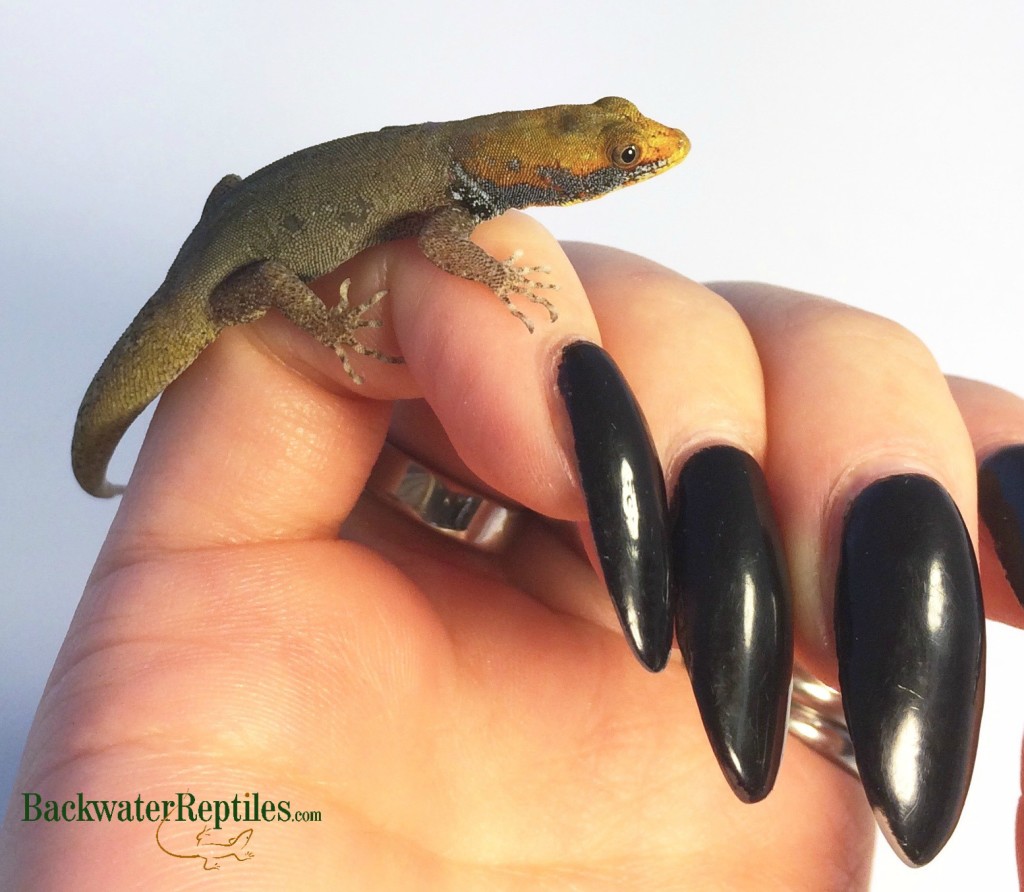
Yellow head geckos rarely exceed three inches in length. They have an expected life span of five to ten years in captivity.
Because they are “bite sized” animals, yellow head geckos are naturally very shy and will therefore require lots of hiding places in their enclosure. They will hide in loose substrate, tunnel-like decor, and the foliage provided for them to climb on.
Williams Blue Cave Gecko (Lygodactylus williamsi)
The most colorful gecko on our list is certainly the Williams blue cave gecko. The males of this dwarf gecko species are a brilliant, bold blue tone with black stripe accents, while the females are a bronze-like green color with fainter dark accent stripes.
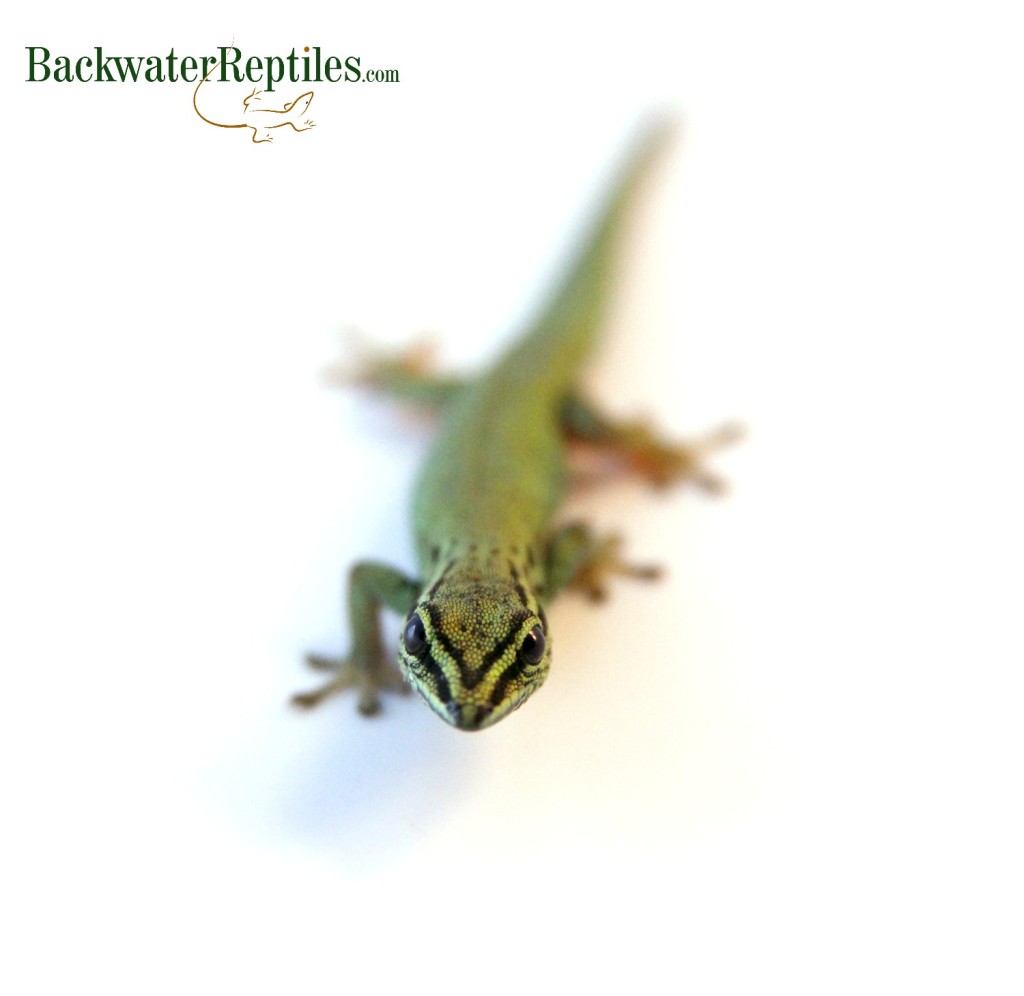
Besides commonly being called the Williams blue cave gecko, this species is also named the electric blue day gecko and the turquoise dwarf gecko. We think all of these names are suitable as they properly describe the attributes that best represent what this species of gecko is known for.
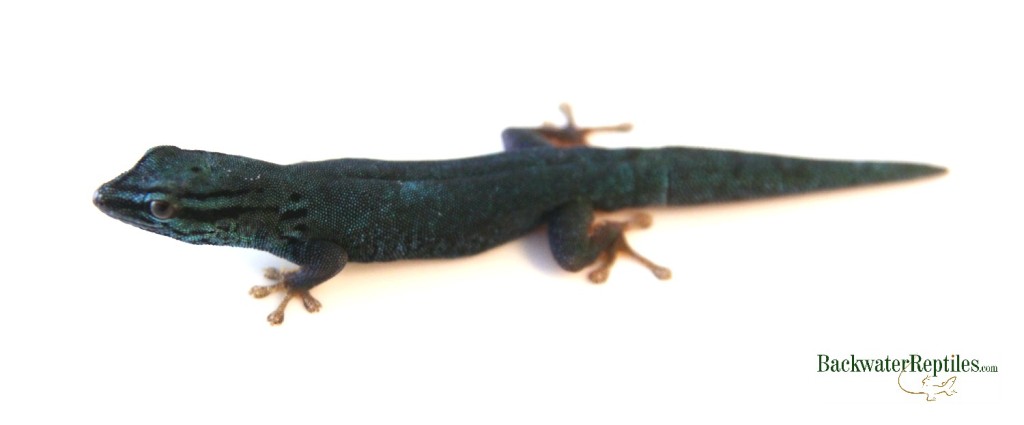
The Williams blue cave gecko is slightly smaller in size than the yellow head dwarf gecko. The blue cave gecko generally stays under or around two and a half inches long when fully grown, with the females being slightly smaller than the males. Captive animals usually have life spans of five to ten years.
Ashy Gecko (Sphaerodactylus elegans)
As hatchlings, ashy geckos look extremely different than their adult counterparts. Babies are horizontally striped and exhibit multiple colors. Once they become adults, their coloration becomes somewhat drab. We’d describe them as salt and pepper toned – they have a mixture of brown, black, and grey speckles all over their bodies.

Baby ashy geckos, as well as all the dwarf gecko species on this list, are extremely tiny and can fit through the small holes in screen cages as well as the gaps in screen cages doors. We highly recommend sealing any cage edges or large holes with masking tape or electrical tape until your gecko has grown into its enclosure.
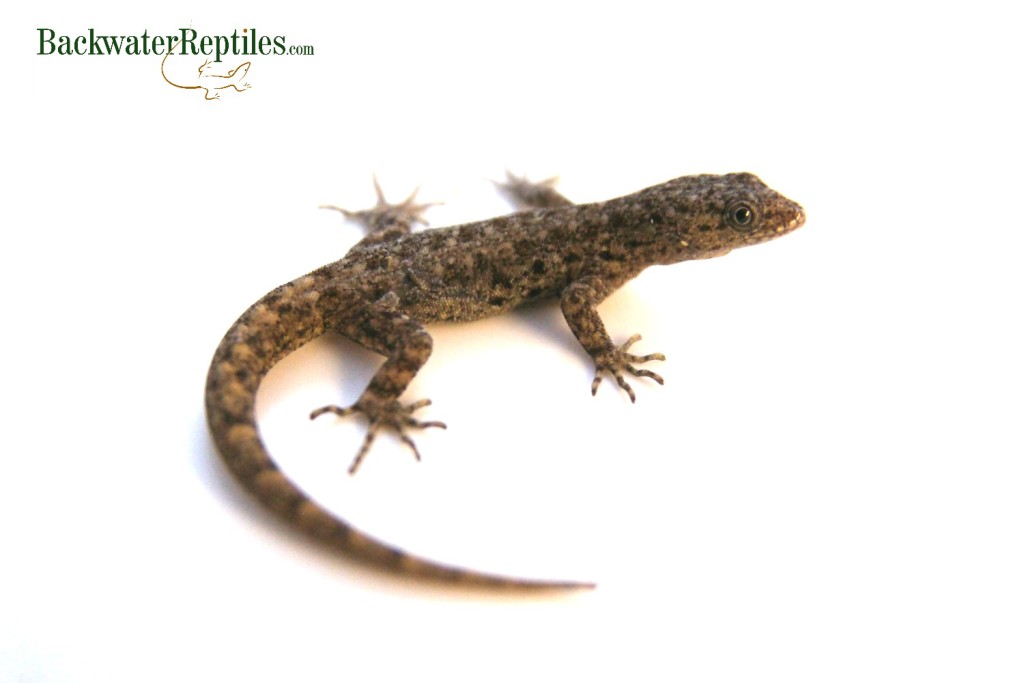
Your pet ashy gecko (and all the other mini geckos on this list) will eat small insects. At Backwater Reptiles, we give ours mainly pinhead crickets and fruit flies.
Conclusion – Smallest pet geckos
The petite geckos described in our list are not very hard to care for. They also don’t require a large enclosure, given the fact that they themselves don’t take up lots of space.
If you can handle the cute punch that these tiny geckos pack, Backwater Reptiles has got you covered! We sell dwarf yellow head geckos, Williams blue cave geckos, and ashy geckos at affordable prices. Just be sure your enclosure is secure as pretty much all these tiny geckos are master escape artists!

